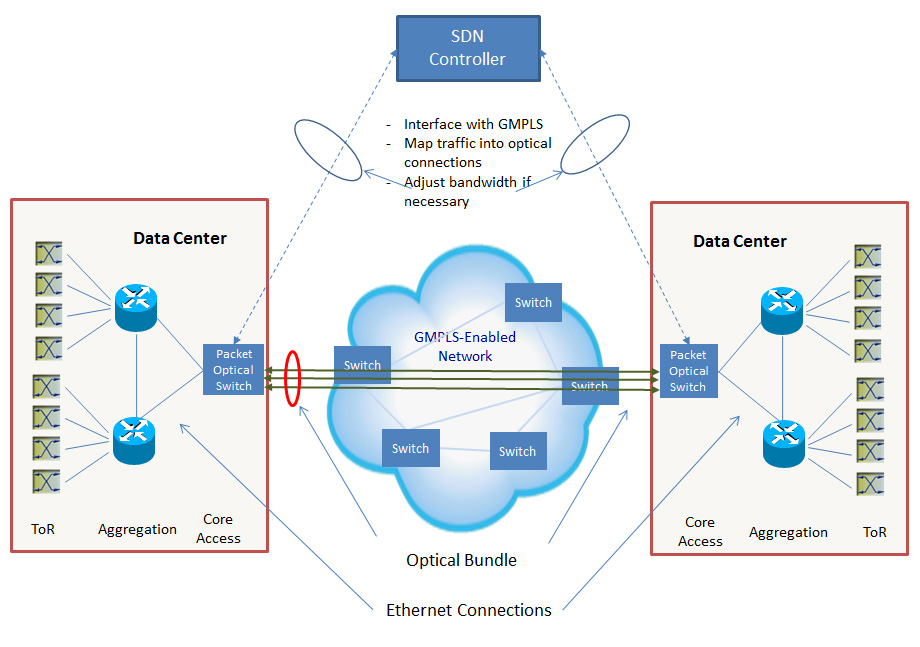![]()
Cisco recently announced new certifications for its Application Centric Infrastructure (ACI) programmable networking initiative, its response to software-defined networking. The certifications are designed to tailor new roles for IT practitioners looking to transition their company's infrastructures to programmable, application policy driven, SDN-type environments.
Such certifications are expected to be the norm industrywide as SDN takes hold.
"If programmable network infrastructure is a strategic direction for (vendors) and their customers, when is the vendor going to include it in their training programs?" asks Andre Kindness, an analyst at Forrester Research. "Otherwise I'm not sure how networking personnel are supposed to take advantage of the vendors' SDN solutions. Fundamentally, vendors should enhance their training programs at the same time they come out with new technology."

+MORE ON NETWORKWORLD: What is software defined networking (SDN)? +
"The need for new professional certifications and training programs for networking professionals is directly related to technology advances and market dynamics that are reordering IT as a whole," says IDC analyst Brad Casemore. "The network and the professionals who run it must evolve. They can't be Luddites; that would not end well for them."
Several career considerations are at play as SDN infiltrates enterprises and service provider networks. There's the issue of who in the data center or IT shop actually owns the virtual infrastructure and the policies that orchestrate it.
Server administrators have been steeped in virtualization for many years. Would they then be likely to take on administration of the virtual network? Or would network administrators, with decades of knowledge and experience in allocating physical network resources, now also learn and assume the added role of allocating virtual network resources to those mobile and dynamic workloads? If the server professionals end up owning network virtualization as well, where does that leave the network administrators? If the network admins end up owning the virtual as well as physical network, are the server admins left out?
So the SDN impact on IT may come down to an operational and organizational personnel decision. Does SDN offer opportunities to create cross-functional teams between separate server, storage, application and networking administrators?
Many IT operations now siloed will have to meld, says Robert Cannistra, a computer science and IT professor at Marist College.
"We're still going to have niche guys but also people with a large-scale view," Cannistra said at last fall's Interop conference in New York. "Those are going to be your powerhouse guys and girls in the enterprise."
At the same conference, Bloomberg R&D Network Architect Truman Boyes said SDN will be organizationally disruptive within his company.
"We're trying to address it at an organizational level by rocking the boat," he said. "We've put together a cloud team to straddle both worlds, jump start the rest of the organization. That will help us with time to market."

No comments:
Post a Comment